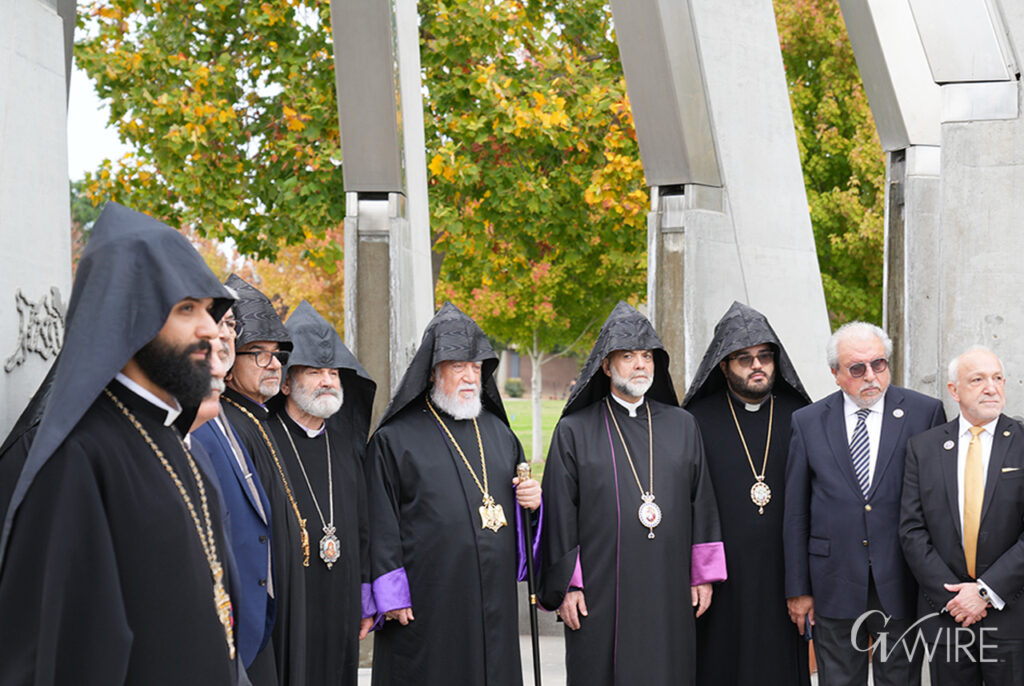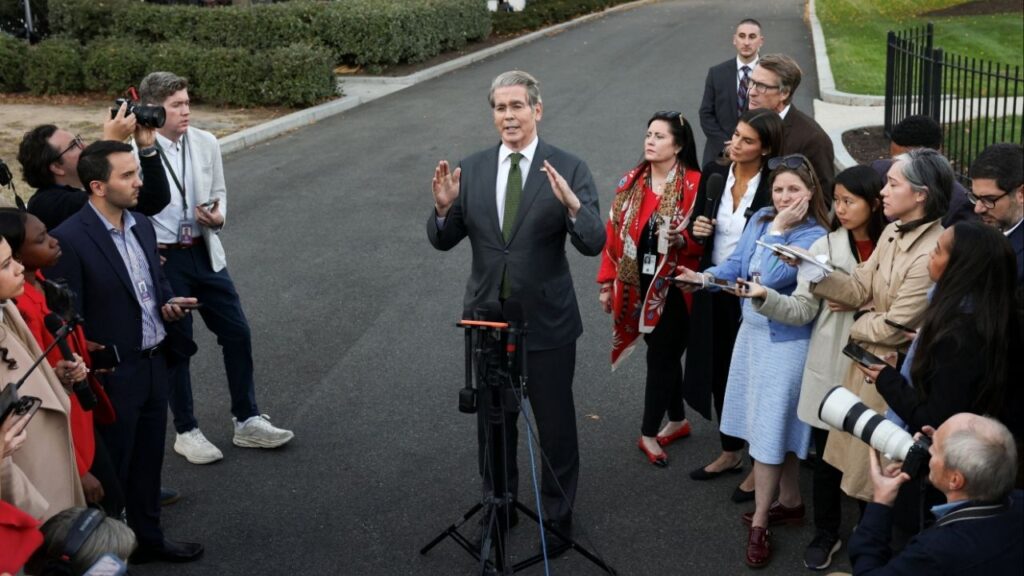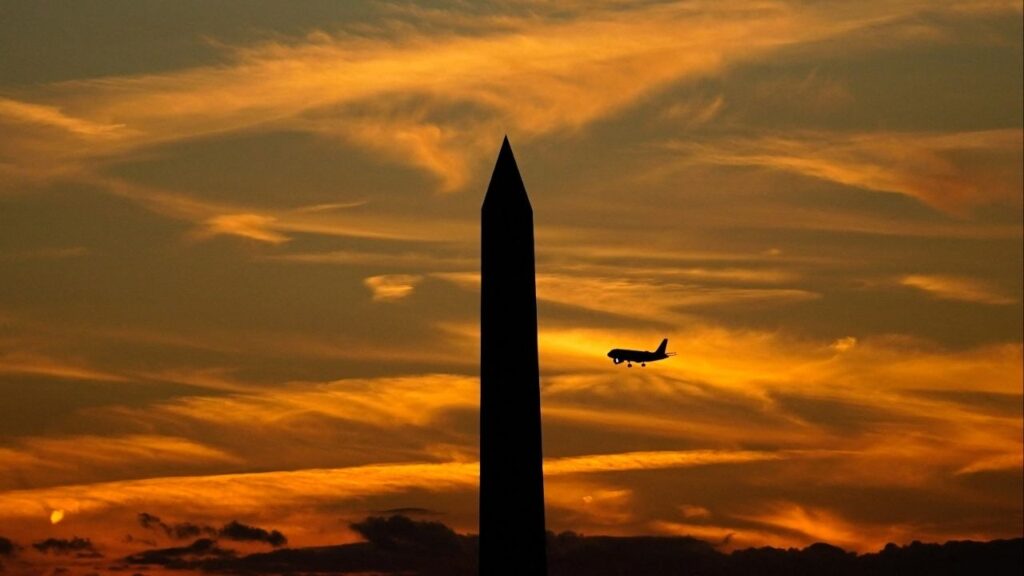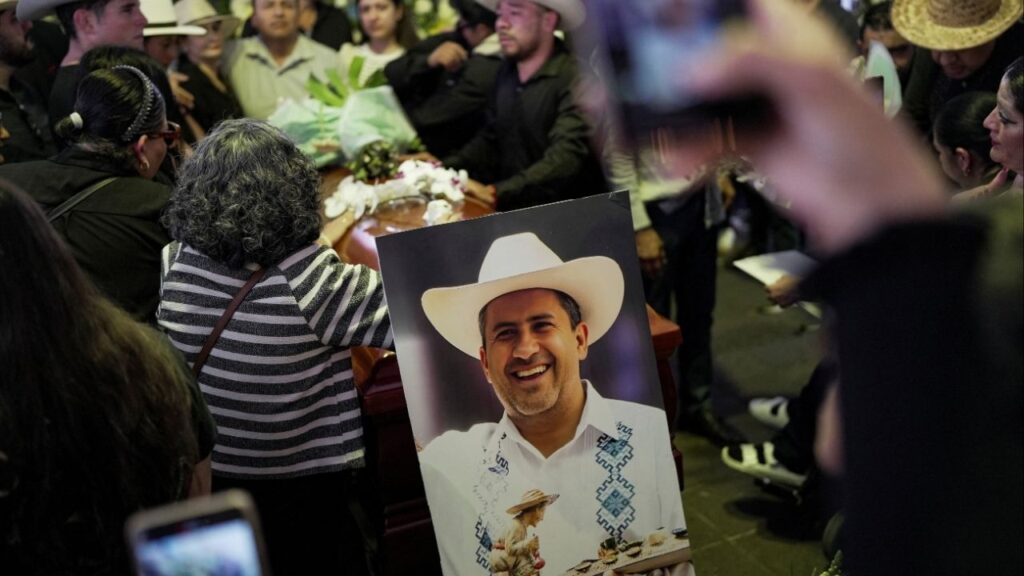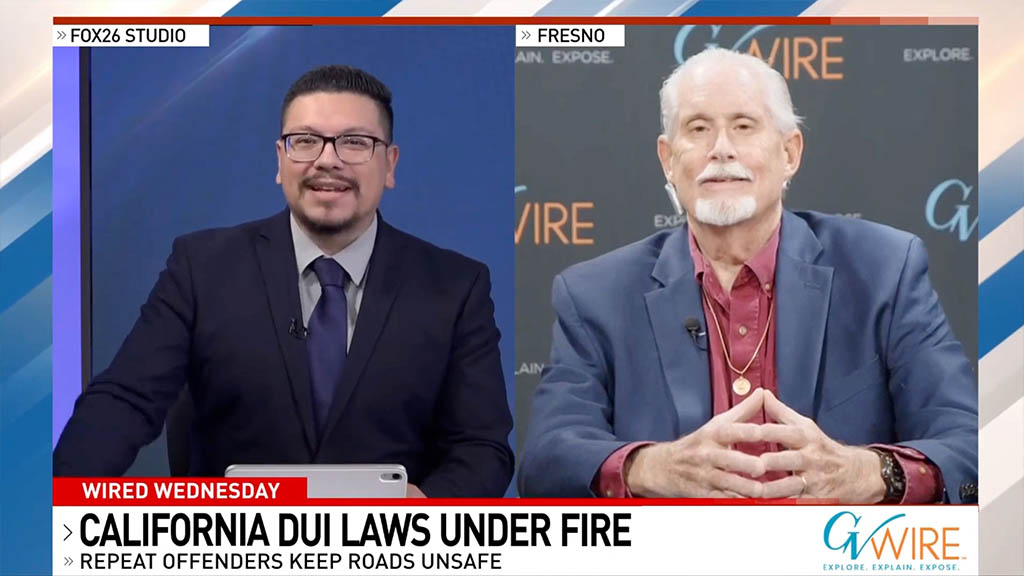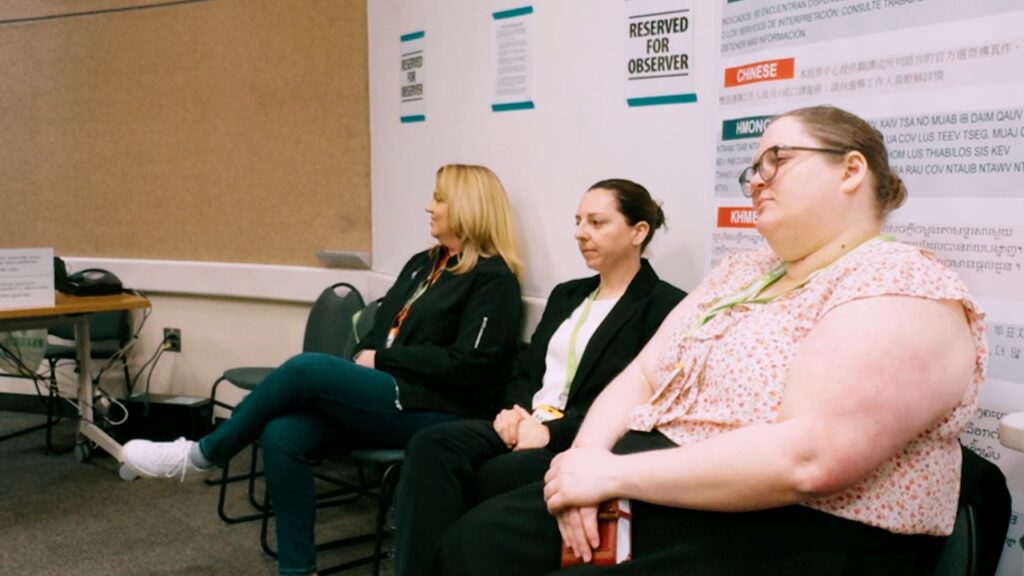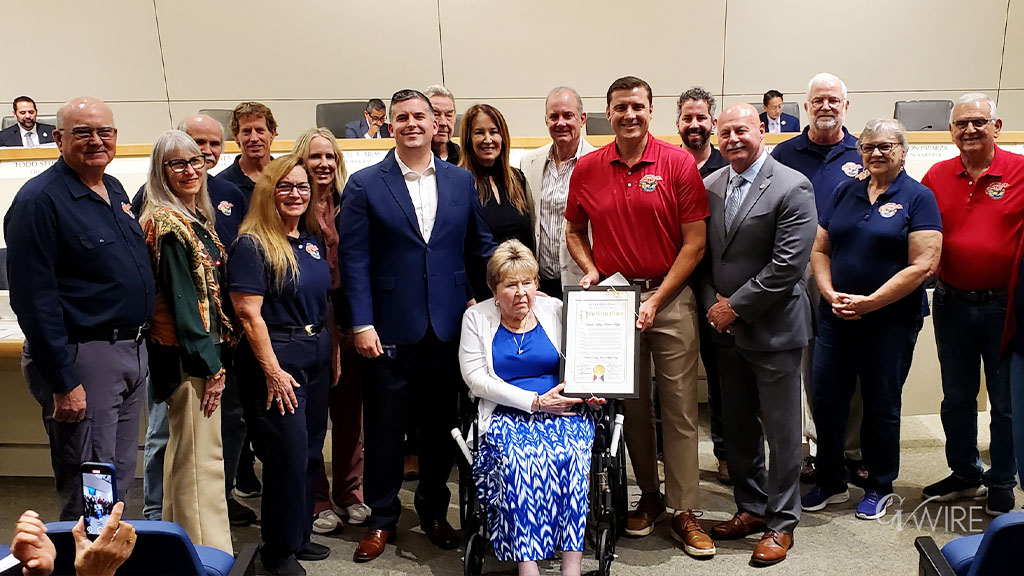AP investigation reveals delayed evacuation order in Pacific Palisades wildfire, raising concerns about alert systems. (AP/Etienne Laurent)

- Pacific Palisades evacuation order came 40 minutes after homes were already burning, AP analysis finds.
- Residents relied on their own initiative and awareness of fire danger to evacuate before official orders.
- Traffic jams complicated evacuation efforts, with authorities urging people to leave cars and escape on foot.
Share
The first evacuation order covering neighborhoods closest to the start of the devastating Pacific Palisades wildfire didn’t come until about 40 minutes after some of those homes were already burning, according to an Associated Press analysis of emergency communications and interviews with survivors.
The wildfire, which would become one of the most destructive in California history, was spreading rapidly in ornamental plantings and burning homes by 11:27 a.m. on Jan. 7, recordings of scanner traffic reveal. So many people fled on their own, as wind-whipped flames raced over the nearby hills, that by the time officials issued the order to evacuate at 12:07 p.m., traffic was gridlocked.
Authorities would eventually urge people to exit their cars and leave on foot, and then used a bulldozer to clear away abandoned vehicles and make way for fire crews.
Despite the timing of the order, nearly all the residents of Pacific Palisades made it to safety — a relief that some attributed to the hyper-awareness of fire danger in a region frequently scarred by it, the efforts of first responders, the initiative that many took to evacuate on their own, and the fact that the fire broke out in broad daylight, when those nearby were awake to notice it.
Related Story: Shohei Ohtani Is Donating $500,000 to Help Firefighters and Others Affected by ...
Relying on Other Alert Systems
The time lag is one of several issues that may have complicated the fire response. With the severe winds preventing aerial firefighting, water hydrants ran dry amid unprecedented demand. A reservoir near Pacific Palisades was empty because it needed repairs. Top Los Angeles Fire Department commanders decided not to deploy roughly 1,000 available firefighters and dozens of water-carrying engines in advance, the Los Angeles Times has reported.
It also could undermine public confidence in public alert systems, which were beset with erroneous or outdated notifications later in the week. Many residents have instead been relying on Watch Duty, a nonprofit app that provides real-time updates on wildfire activity, evacuations and shelters.
The fire annihilated much of the Palisades, an affluent Los Angeles community tucked into the foothills of the Santa Monica Mountains, and killed at least 10 people. That evening another fire erupted and destroyed much of Altadena, leaving at least 17 people dead. More than 80,000 people are still under evacuation orders, and many do not know what, if anything, is left of their houses, apartments and possessions. A monumental firefighting effort continues.
Related Story: UCLA Students Panic as Wildfires Approach and Communication Lines Falter
Deciding to Evacuate on Their Own
Darrin Hurwitz and his wife, alarmed by the astonishing speed of the flames in the nearby hills, left their home more than an hour before his phone buzzed with the evacuation order. Their house, at the end of a cul-de-sac bordering Topanga State Park, burned down.
“This would have been a different situation if it had been in the middle of the night,” Hurwitz said. “If it had taken 30 to 45 minutes to get our phones buzzing, it would have been a potentially big issue.”
Los Angeles city fire and emergency management officials declined to immediately address questions related to the timing of the evacuation order. Spokesperson Karla Tovar said in an email that the fire department is focusing its resources on responding to the disaster.
In a statement, the Los Angeles County Office of Emergency Management noted that officials had issued preemptive warnings about severe fire weather, notified residents of the wildfire and urged them to be prepared to evacuate and to follow instructions from emergency personnel in the field.
“These alerts were sent as timely as possible and were intended to wake up people if they were sleeping or draw their attention to the fire so that they could determine their level of risk, take necessary action, and be ready for the next communication,” the statement said.
Crews began responding to the Eaton fire, which leveled Altadena, at 6:25 p.m. By 6:57, air support recommended evacuating an area near a golf course. That order went out to residents just 15 minutes later.
By contrast, officials were discussing preparations for evacuating Pacific Palisades over an hour before the order went out.
Related Story: Costa, Valadao React to Possible Conditions on Wildfire Relief
The Fire Breaks Out
On Jan. 6, the day before fires raging around LA destroyed much of the Palisades and Altadena, the National Weather Service issued a red-flag warning alerting the public to severe fire danger as the region’s Santa Ana winds were forecast to reach up to 100 mph (161 kph). Los Angeles emergency management officials warned of a “destructive, widespread and potentially life-threatening windstorm starting Tuesday morning.”
Pacific Palisades resident Robert Trinkkeller, a 68-year-old mortgage broker, said he spotted the fire from his home at 10:27 a.m. on Jan. 7 — it was in the same area where one had burned on New Year’s Day — and immediately called 911. After being put on hold, he called the local fire department on Sunset Boulevard, and the person who answered hadn’t yet heard about the fire. That was at 10:29, he said.
Trinkkeller had long prepared to defend his property from any blazes, so he got out his fire suit and hoses. Three times his home caught fire, but he saved it, relying on buckets of pool water once the water to the hose ran out. The wind ripped the roof off his patio.
“It was moving pretty quickly, and I knew it was going to be bad, but it’s about 1,000 times worse than anything I could have imagined,” he said.
Warning Residents to Be Ready as Homes Are Threatened
Recordings of scanner traffic provided by Broadcastify, a company that monitors emergency communications, show that just before 11 a.m. — half an hour after the fire was reported — firefighters were trying to defend homes in the large Highlands neighborhood of the Palisades, and within 10 minutes, crews to the south were requesting help to protect more than a dozen homes along Floresta Drive.
At 11:02, Los Angeles police units were told to respond to a fire station on Sunset Boulevard to prepare for evacuations, and at 11:12, a wireless emergency alert warned Palisades residents to be ready to evacuate. It would be close to another hour before the first evacuation order went out to those residents.
By 11:27, homes were burning on Lachman Lane.
“We have several homes burning,” one request noted at 11:33. “All the ornamental vegetation has taken off.”
Experience with Fires — and Traffic Jams
The Palisades, including the Highlands, had prior experience with wildfire evacuations — and ensuing traffic jams. Just two paved roads connect the Highlands to the rest of Los Angeles, the four-lane Palisades Drive and a narrow, two-lane road named Fire Drive. The latter is an emergency route, but it was quickly overrun with flames on Jan. 7, residents said.
In 2020, the Pacific Palisades Community Council wrote to Los Angeles City Council members complaining that in recent wildfire evacuations, traffic backups endangered the public. Residents raised the issue again after seeing images from the 2023 fire that destroyed Lahaina, in Hawaii, where flames overtook gridlocked cars and 102 people died.
It happened again last week. As people evacuated even before an official order, cars became stuck in traffic shortly after 11:30 a.m. At 1:09 p.m., a panicked police officer radioed that there was a car burning on Palisades Drive: “We need to evacuate all the cars. Get drivers out of the vehicles.”
It’s imperative for communities to have communication plans for wildfires and other emergencies, said Eric Link, a fire protection engineer at the National Institute of Standards and Technology. But the specifics of any such plans can be overwhelmed by fast-changing circumstances on the ground.
Authorities may consider road capacity and population density as well as fire behavior in assessing how to evacuate a community, he said.
“As much lead time as can be provided to the public is the goal, but in rapidly developing cases, the fire may be there quicker than the information can be transferred,” Link said.
Maryam Zar, chair emeritus of the Pacific Palisades Community Council, said residents have long known they live in a place with two tremendous risks — earthquake and fire. Because of the dramatic landscape, she’s not sure there’s much the the city could do to make it easier to evacuate, especially from such a fast-moving fire, she said.
Considering that, it’s a relief there were not more lives lost, she said.
“The fact they evacuated the entire community is pretty impressive,” Zar said.






